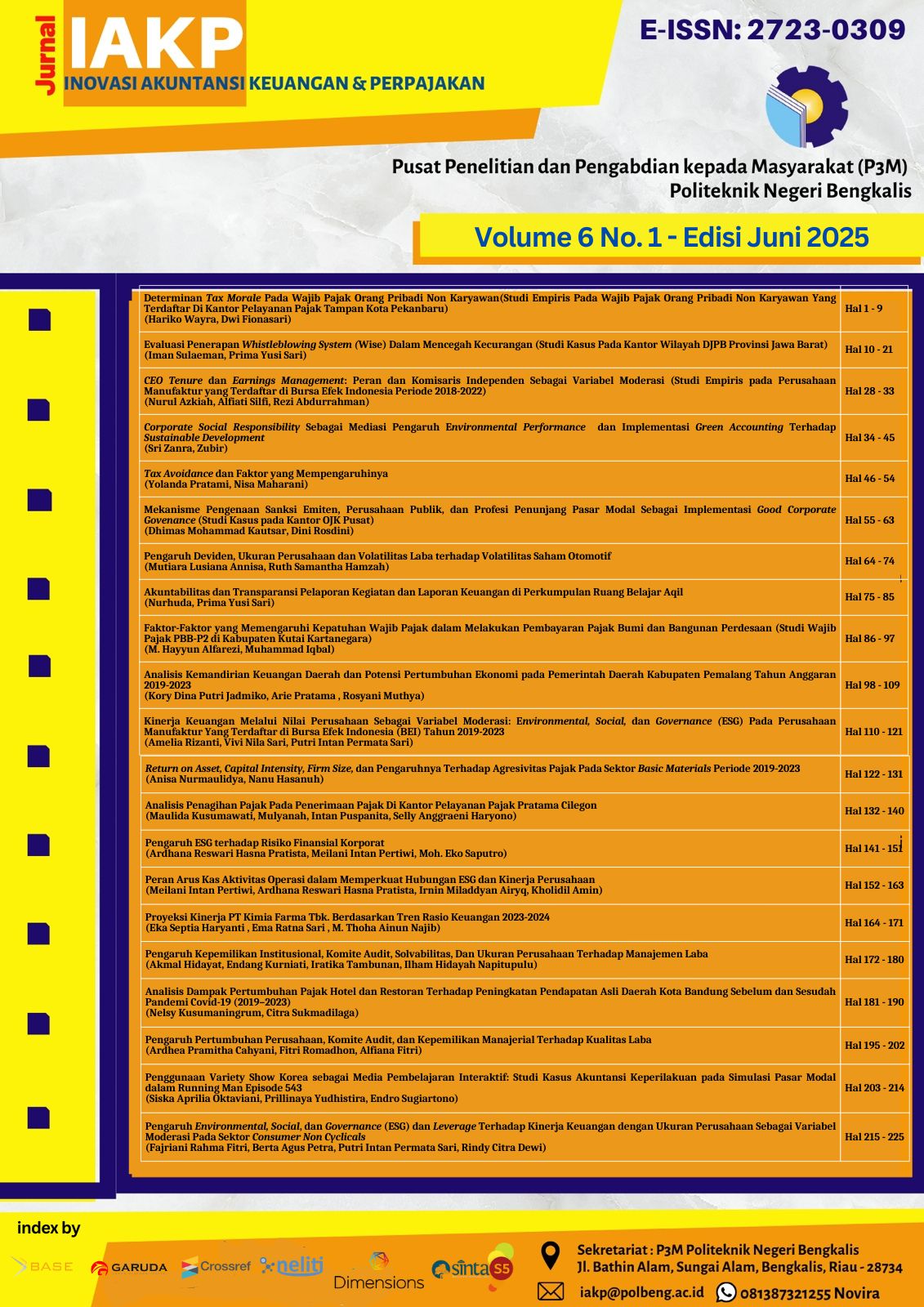Penggunaan Variety Show Korea sebagai Media Pembelajaran Interaktif: Studi Kasus Akuntansi Keperilakuan pada Simulasi Pasar Modal dalam Running Man Episode 543
DOI:
https://doi.org/10.35314/iakp.v6.i1.465Abstract
This study aims to evaluate the effectiveness of using episode 543 of the Korean variety show Running Man as an interactive learning media in the Financial Management course. This popular media-based approach is used to improve students' understanding of capital market concepts and behavioral accounting principles, such as loss aversion, overconfidence, herd behavior, and anchoring bias in investment decision making. The method used in this research is descriptive quantitative, with data collection through written assignments and student perception questionnaires. The results showed that the use of this media was able to attract student interest in learning and facilitate understanding of the concept of financial behavior in the context of capital market simulations. Students are not only able to describe stock price fluctuations well, but also able to analyze the dynamics of investor behavior based on the scenes shown in the show. The findings indicate that the integration of popular entertainment media as a learning tool can be an innovative strategy in teaching complex topics in finance and accounting. In addition, this approach also encourages active student engagement and builds a more contextualized understanding of the dynamic and psychological nature of capital market phenomena.
Downloads
Downloads
Published
Issue
Section
License
Copyright (c) 2025 Jurnal IAKP : Jurnal Inovasi Akuntansi Keuangan & Perpajakan

This work is licensed under a Creative Commons Attribution-NonCommercial-ShareAlike 4.0 International License.















